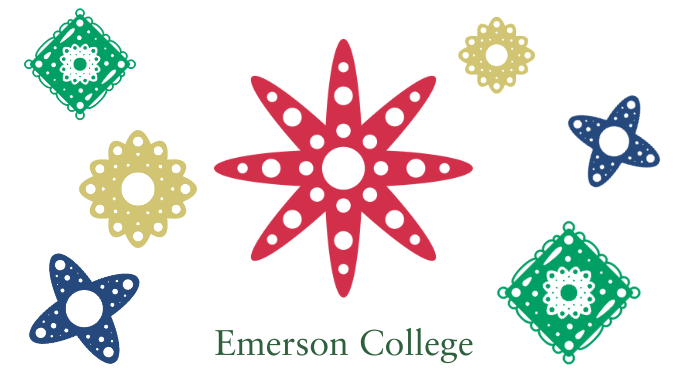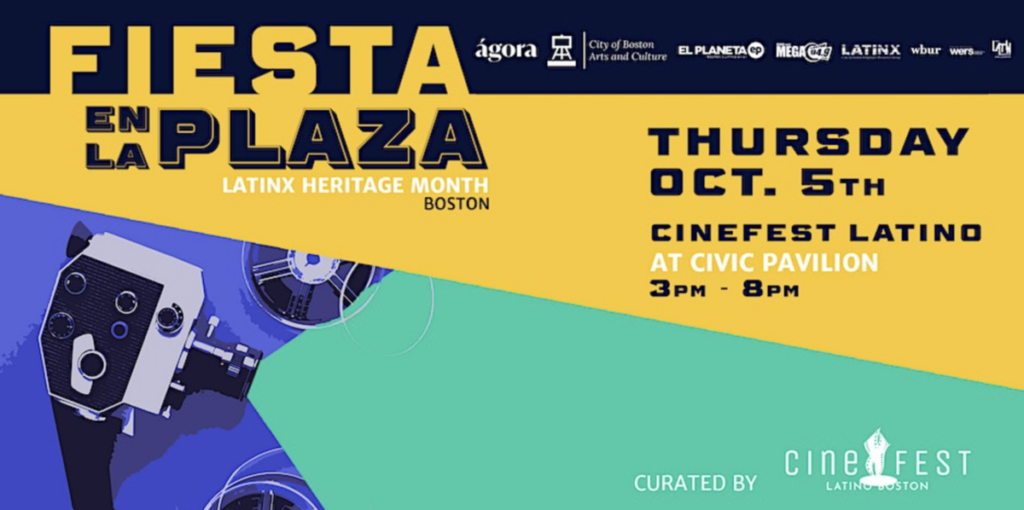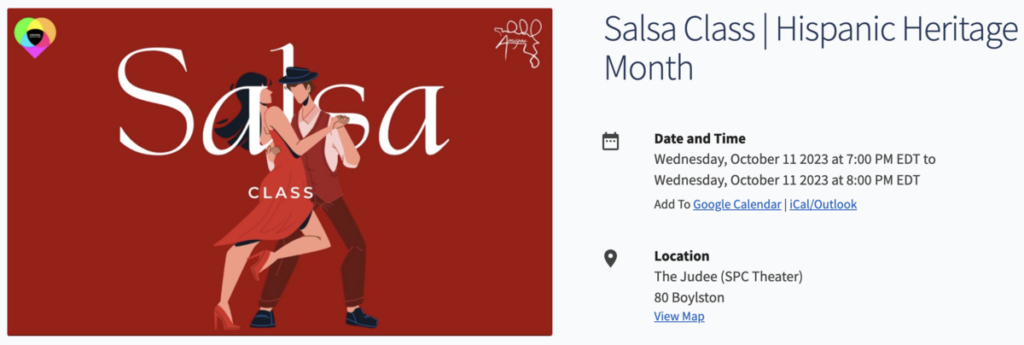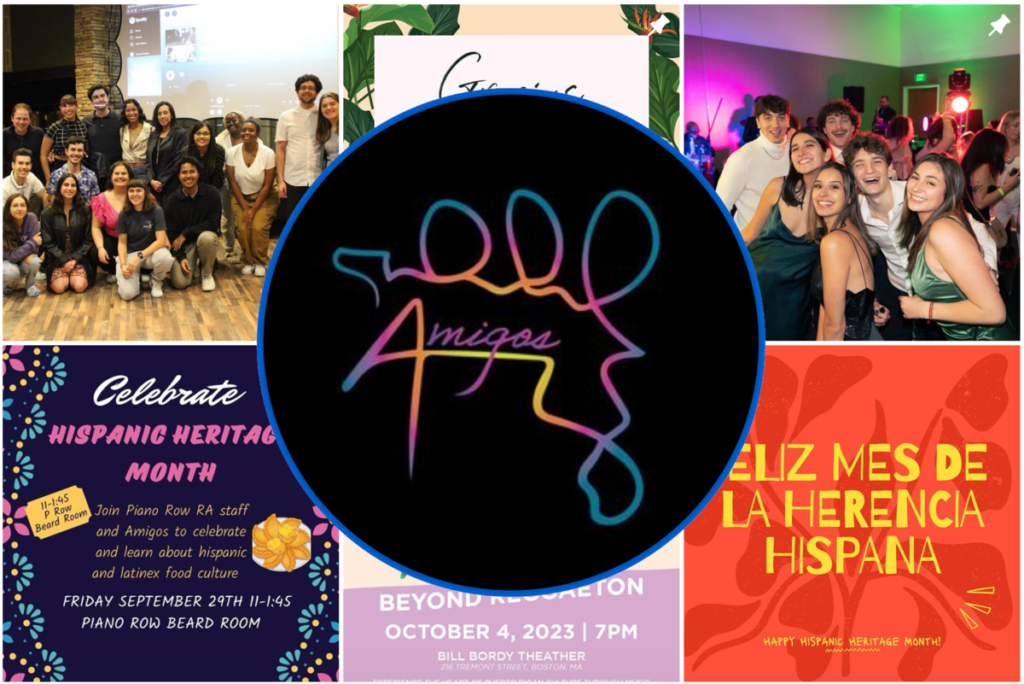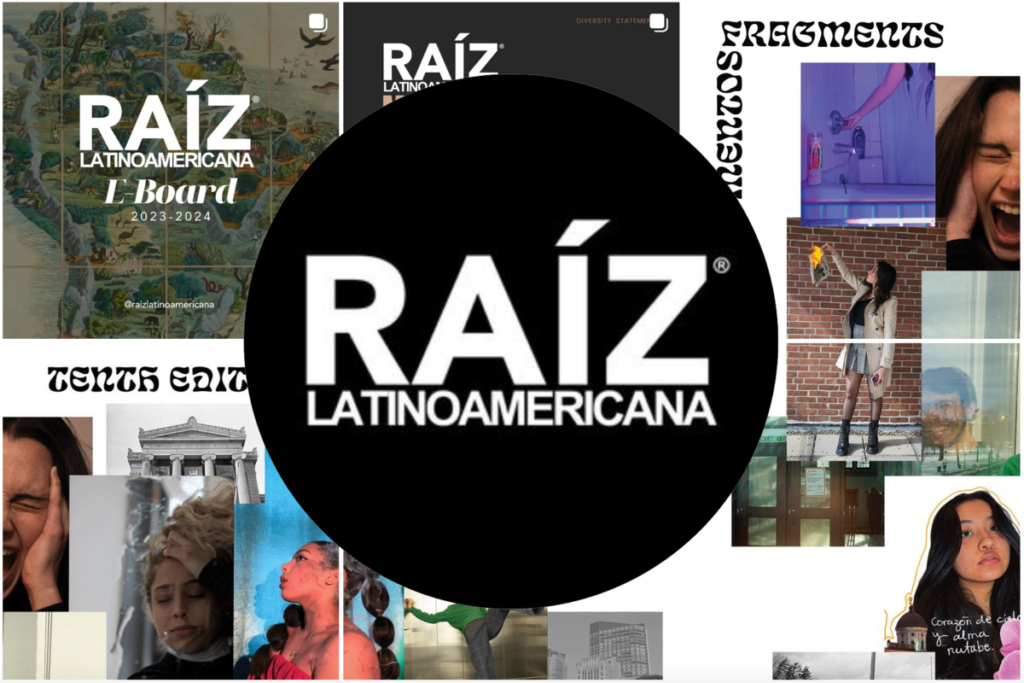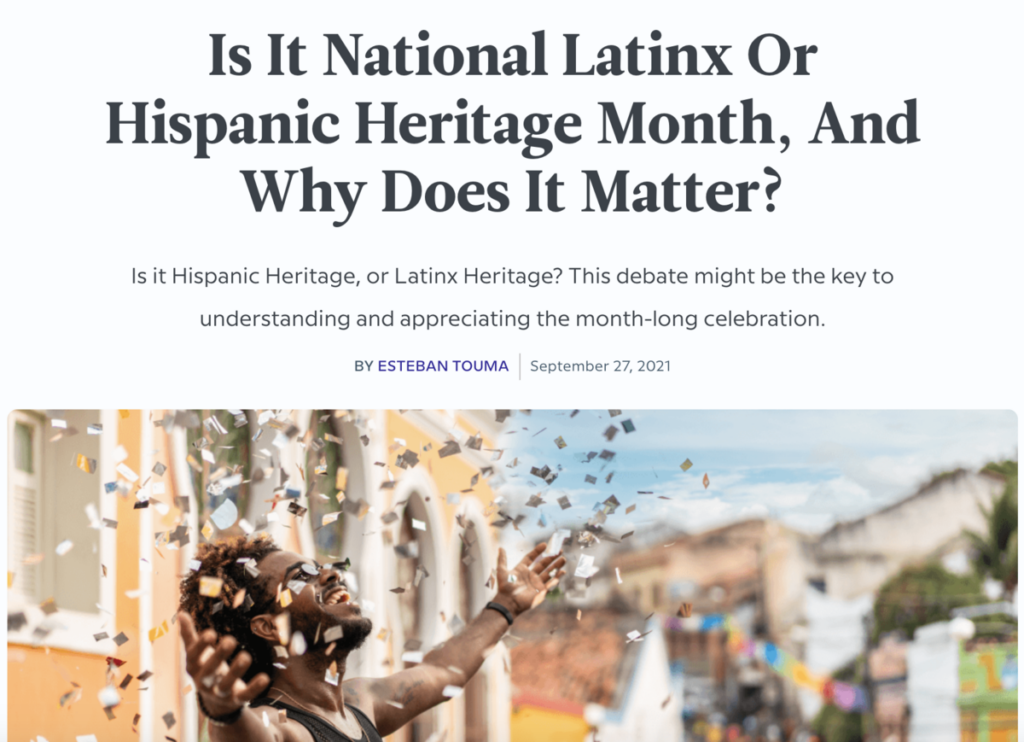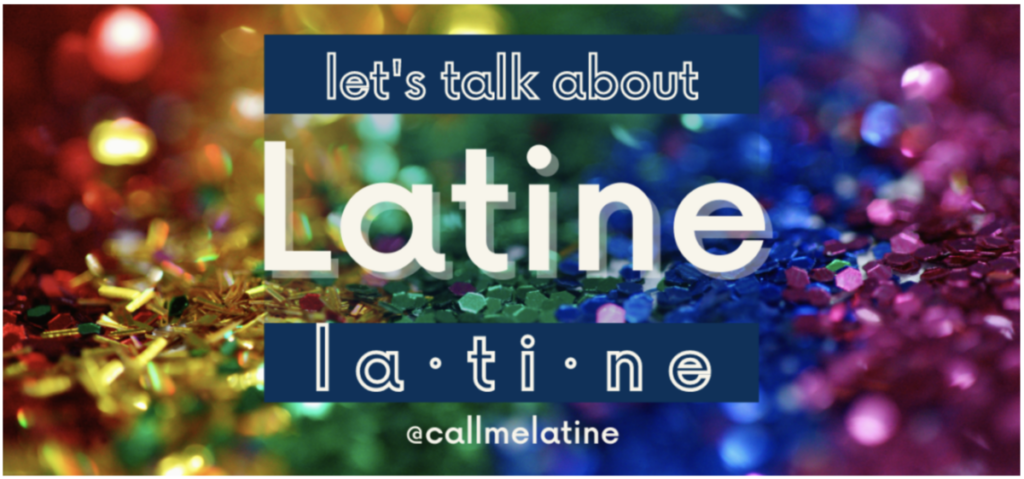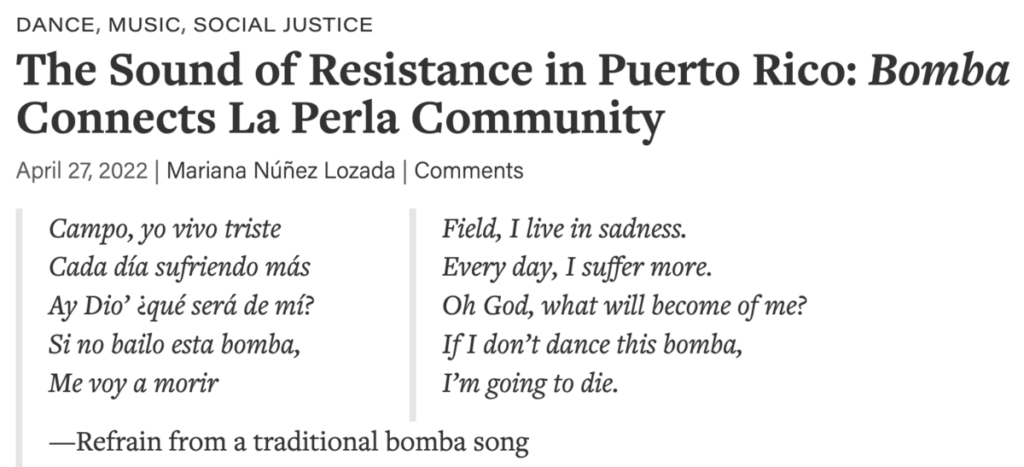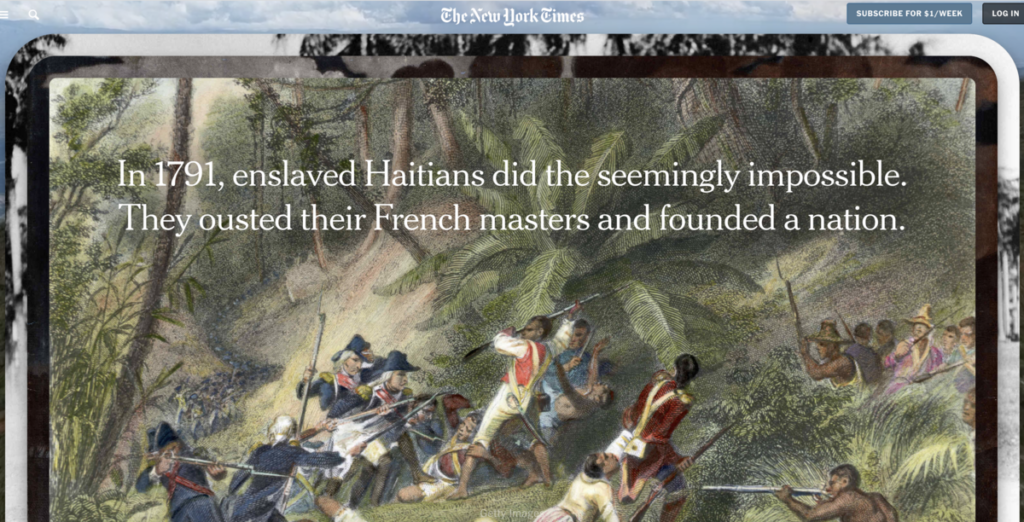¡Saludes!
From September 15 through October 15, we celebrate Latiné and Hispanic Heritage Month. It is a time to amplify the contributions and rich culture of our Emerson community members from Latin America, South America, the Caribbean, and Spain. Hispanic Heritage Month is one of many recognition months in the United States created by the federal government. This week was created in the context of the demands from social movements of the time to acknowledge the many contributions of Hispanic and Latiné communities. It was first celebrated over a week in 1968, and expanded to a month in 1988.
Del 15 de septiembre al 15 de octubre, celebramos el Mes del Patrimonio Latine y Hispano. Es un momento para amplificar las contribucion
es y la rica cultura de las personas de nuestra comunidad de Emerson de América Latina, América del Sur, el Caribe, y España. El Mes del Patrimonio Hispano es uno de los varios “meses de reconocimiento” en los Estados Unidos creados por el gobierno federal. Esta semana fue creada en el contexto de las demandas de los movimientos sociales de la época de reconocer las varias contribuciones de las comunidades hispanas y latines. Fue celebrado por primera vez durante una semana en 1968 y se amplió a un mes en 1988.

Embedded in Hispanic, Chicane, and Latiné history are Indigenous communities, multiple races and languages, varied ways of embracing gender, and deep traditions that pre-date colonization. Latiné Heritage Month acknowledges and celebrates the region, countries, and culture of Latin America, and Hispanic Heritage Month recognizes the Spanish language, descendants, and Spanish-speaking countries, including Spain, Mexico, Latin America, South America, and many countries in the Caribbean.
These cultures are not monolithic, however, and the naming of such an important recognition is complex. It is not sufficient to provide a singular translation, when accurately and fully representing the month includes multiple Spanishes, languages, and dialects, including Portuguese, Quechua, Aymara, Maya, Nahuatl, and Haitian Creole.
Similarly, our choice to embrace language and gender expansiveness with the word Latiné as a current form of gender representation in Spanish resulted from conversations with students and staff across the College. The suffix ‘x’ is often used in English to create gender expansiveness, however x does not translate the same in other languages.

The timing is significant because many of the countries in this region mark their independence during the span of these 30 days. Costa Rica, El Salvador,
Guatemala, Honduras, and Nicaragua celebrate independence on September 15; Mexico on September 16; Chile on September 18; and Belize on September 21. The Andean countries of Bolivia, Chile, Colombia, Ecuador, and Peru recognize important dates during the months leading up to this time of year. Many South American countries including Paraguay and Uruguay; as well as Puerto Rico, a Spanish-speaking territory of the United States; and island and Caribbean countries including Haiti and Dominican Republic, also recognize the important legacy of revolution and ongoing resistance.
Gathered below are events and resources that celebrate the pride of Latiné heritage, culture, and legacy. We also share articles to further your understanding of the nuanced history, geography, and impact of European colonialism and U.S. influence on these countries and communities.
We encourage you to embrace this year’s theme, and ask yourself how you can live up to the call:
